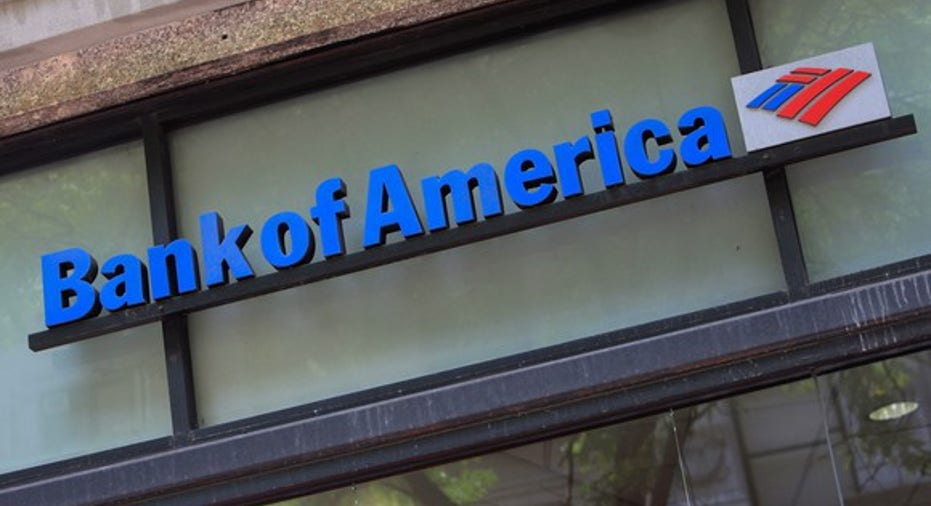The Biggest Change to Bank of America in the Past Decade

Image source: iStock/Thinkstock.
The financial crisis changed Bank of America (NYSE: BAC) in many ways.
Most prominently, it merged with Merrill Lynch, thereby becoming a full-fledged universal bank, and has suffered more than $200 billion in crisis-related costs.
But even though these are important changes, they're not as significant going forward for long-term investors as a far less tangible one: the abandonment of its decades-long pursuit of growth.
Bank of America's ethos in the half century leading up to the crisis revolved exclusively around rapid growth. As regulations against branch and interstate banking gave way across the country starting in the 1970s, Bank of America was always one of the earliest to capitalize.
This is true regardless of which of its major legacy companies you track, be it BankAmerica or NationsBank, which came together in 1998 to create the Bank of America we know today.
I was reminded of this recently when reading through a shareholder letter(link opens PDF) from its former CEO Hugh McColl, who spearheaded its growth leading up to and immediately following the merger.
Here's McColl writing in early 1999:
But while McColl seemed to then swear off further growth, saying that the bank needed to shift its focus to put the pieces of its business together in a way that creates value, his successor went on to complete four more sizable deals.
Bank of America merged with New England's largest bank in 2003. It then acquired the largest independent credit card issuer in 2006, the largest mortgage originator in 2008, and the third biggest stand-alone investment bank later that same year.
It wasn't until the crisis, in turn, that Bank of America's multidecade scramble to merge and acquire its way to the top of the industry stopped.
And it hasn't just stopped temporarily. As Fortune's Shawn Tully explained in a 2011 profile of Bank of America chairman and CEO Brian Moynihan (emphasis added):
Assuming it's true that Bank of America abides by this pledge, the shift away from growth changes the nature of an investment in the nation's second-biggest bank. Outside of the impact from share buybacks, the return on Bank of America's stock is more likely to come in the future from the amount of capital it returns via dividends as opposed to the acquisition-fueled growth to its top and bottom lines.
A secret billion-dollar stock opportunity The world's biggest tech company forgot to show you something, but a few Wall Street analysts and the Fool didn't miss a beat: There's a small company that's powering their brand-new gadgets and the coming revolution in technology. And we think its stock price has nearly unlimited room to run for early in-the-know investors! To be one of them, just click here.
John Maxfield owns shares of Bank of America. The Motley Fool recommends Bank of America. Try any of our Foolish newsletter services free for 30 days. We Fools may not all hold the same opinions, but we all believe that considering a diverse range of insights makes us better investors. The Motley Fool has a disclosure policy.